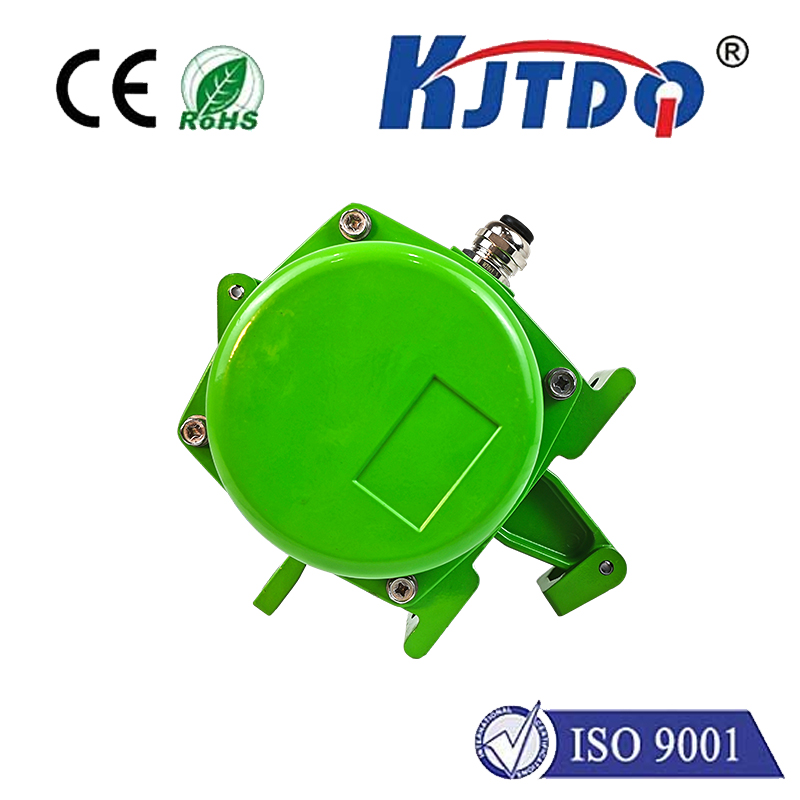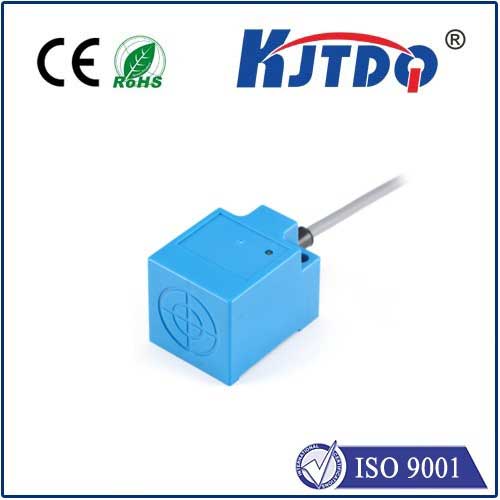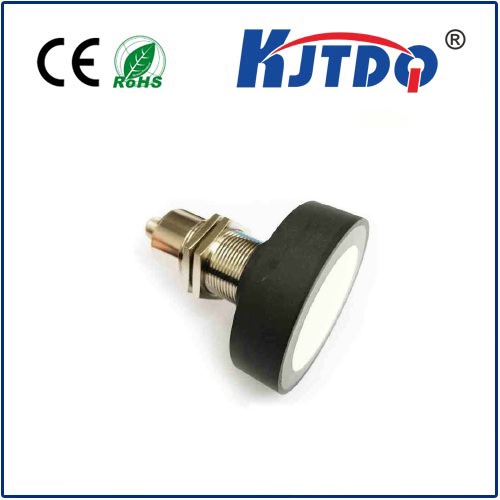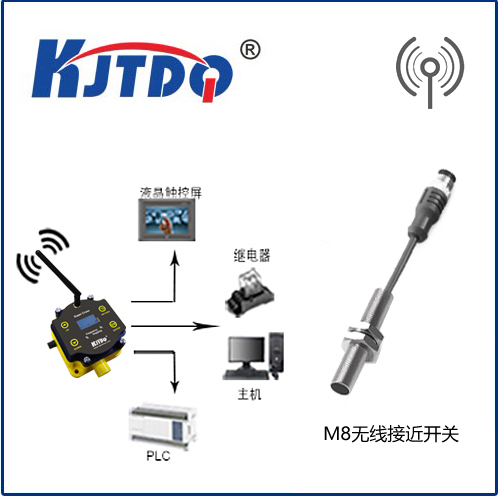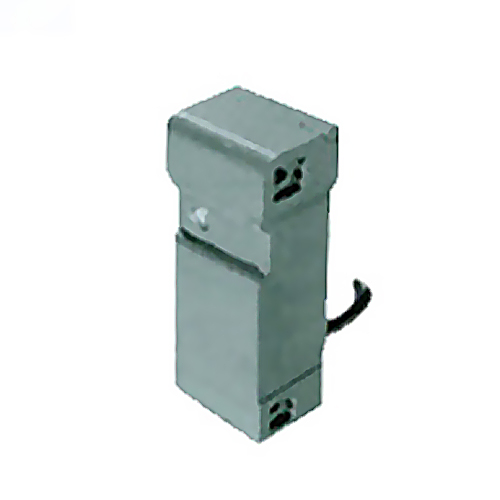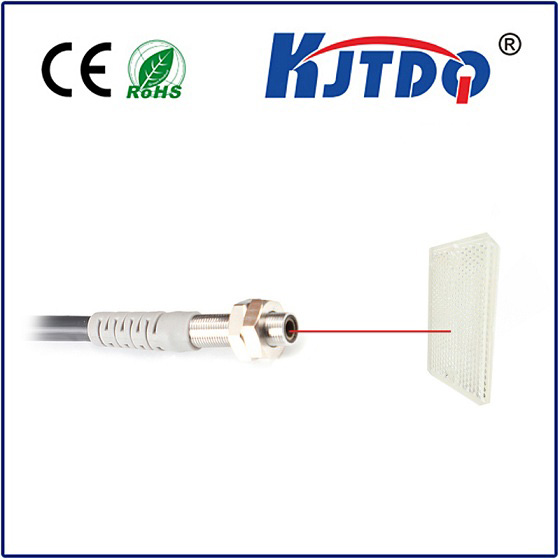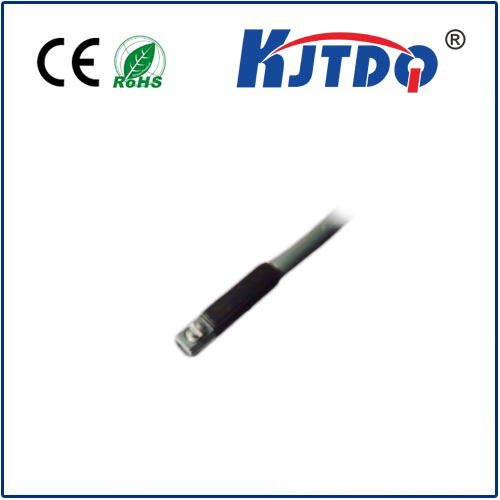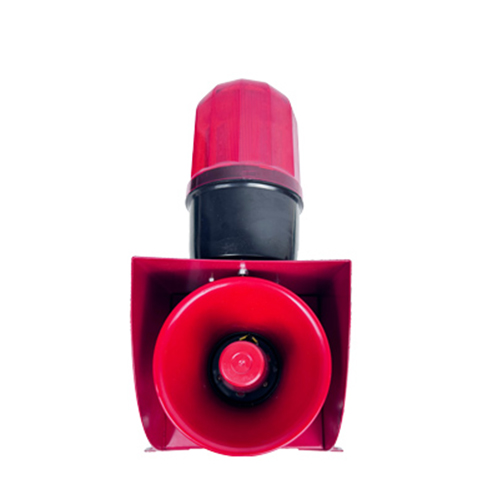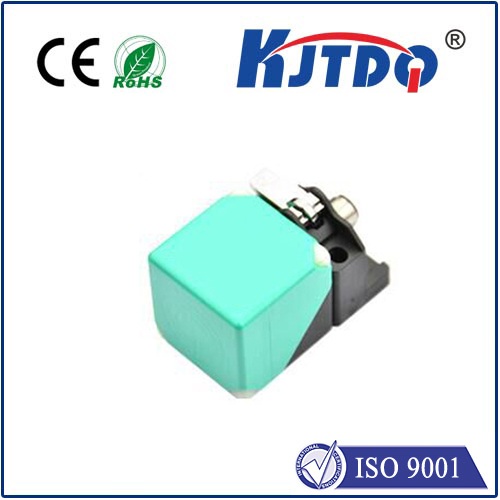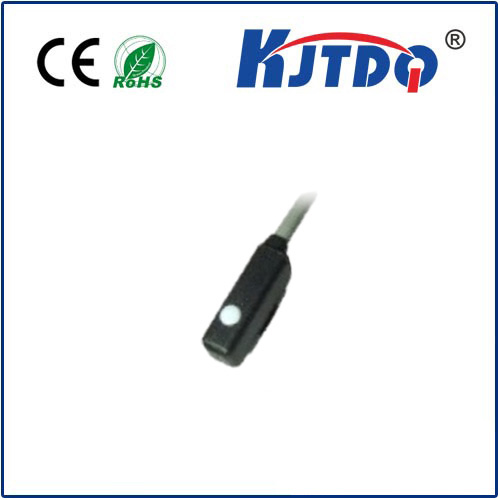

check

check

check

check
Ever struggled with sensors falsely triggering on conveyor belts, glossy floors, or objects behind your target? In the intricate world of industrial automation, reliable object detection isn’t always straightforward. Diffuse sensors might be fooled by reflective backgrounds or varying surface colors, while through-beam sensors require precise alignment not always possible. This is where the E3FB-TN21 Background Suppression Photoelectric Sensor shines, offering a sophisticated solution for challenging detection scenarios where precision and immunity to background interference are paramount.
Photoelectric sensors are the unsung heroes of countless applications, from packaging lines to robotic assembly. They detect objects using light, but not all methods are equal. Standard diffuse sensors bounce light off the target back to the receiver. While simple, their performance heavily depends on the target’s color, reflectivity, and crucially, what lurks behind it. A reflective belt or a shiny machine part can easily cause false triggers.
Background Suppression (BGS) technology represents a significant leap forward. Sensors like the E3FB-TN21 don’t just measure the intensity of the reflected light; they intelligently measure the distance the light travels to return. Here’s the core principle:

This is where the E3FB-TN21 proves its exceptional worth. Designed for demanding industrial environments, its background suppression capability tackles problems others can’t:
The E3FB-TN21 isn’t just smart; it’s built tough. Engineered for reliable operation day in and day out, it features:
Think of applications demanding pinpoint accuracy amidst visual clutter:
Moving beyond the E3FB-TN21 briefly, it’s vital to understand its place within the photoelectric sensor family. While retro-reflective sensors require a reflector and through-beam sensors need aligned emitter/receiver units (both excellent for long ranges but requiring two mounting points), the E3FB-TN21 offers sophisticated distance-based detection from a single unit. It bridges a critical gap, particularly in confined spaces or applications plagued by problematic backgrounds that confuse simpler diffuse sensors. Precision background suppression is its defining superpower.
Selecting the right sensing technology is critical. If your application involves variable target surfaces, reflective backgrounds, or the need to ignore objects beyond a specific plane, a standard diffuse photoelectric sensor might struggle. The E3FB-TN21 background suppression photoelectric sensor provides a robust, reliable, and highly effective solution for precisely these demanding scenarios. Its ability to focus on the foreground while intentionally suppressing the background unlocks new levels of reliability and precision in complex detection tasks, making it an indispensable tool in the modern automation engineer’s arsenal. For applications where detection errors due to background interference are costly or disruptive, this sensor’s advanced triangulation technology offers a compelling, effective answer.
